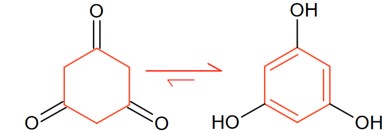Equilibrium
Get insights from 242 questions on Equilibrium, answered by students, alumni, and experts. You may also ask and answer any question you like about Equilibrium
Follow Ask QuestionQuestions
Discussions
Active Users
Followers
New answer posted
3 months agoNew answer posted
4 months agoContributor-Level 10
Ka for C3H7COOH = 2 * 10-5
=5 – 0.3 = 4.7
pH of 0.2 (M) solution =
Ans 27
New answer posted
4 months agoContributor-Level 10
Eq. a(1 - α) aα (aα/2)
Moles moles moles
Total no. of moles at equilibrium
= nA + nB + nC
New answer posted
4 months agoContributor-Level 10
Metallic suphides i.e CdS are negatively charged colloidal solution.
Starch colloid is macro molecular colloidal solution.
Fe2O3. xH2O sol is positively charged colloidal solution.
Cheese is an example of gel.
New answer posted
4 months agoContributor-Level 10
Aromaticity drives the highest enolic percentage of given structure:
Taking an Exam? Selecting a College?
Get authentic answers from experts, students and alumni that you won't find anywhere else
Sign Up on ShikshaOn Shiksha, get access to
- 65k Colleges
- 1.2k Exams
- 679k Reviews
- 1800k Answers

